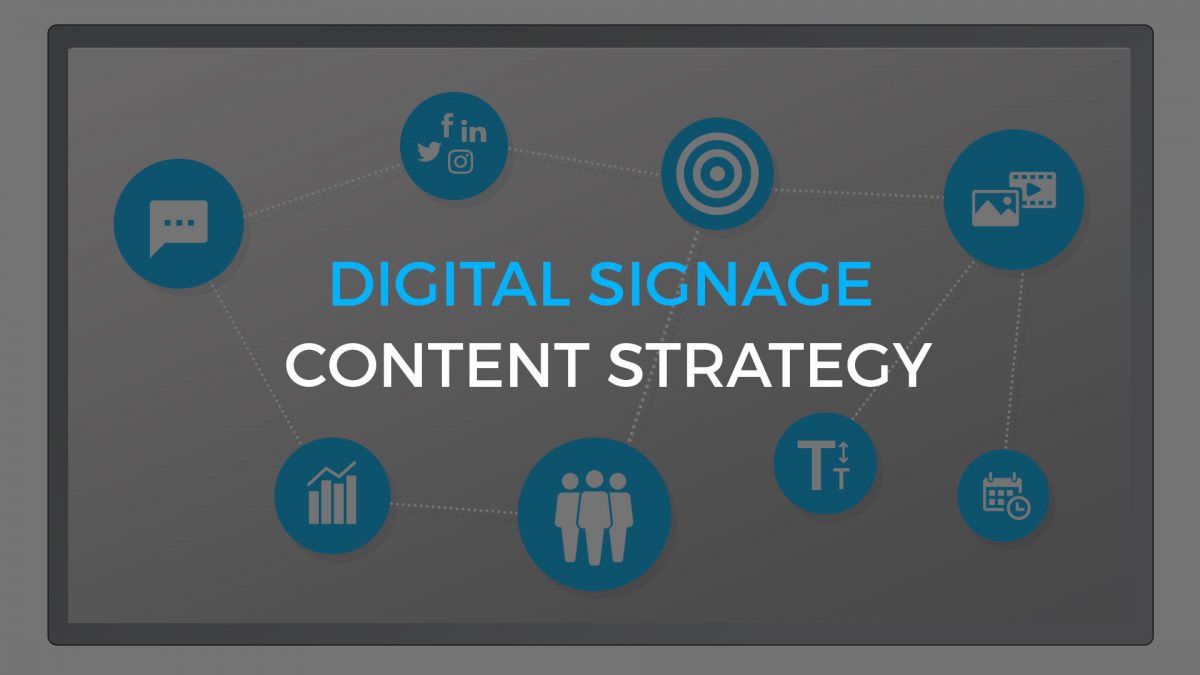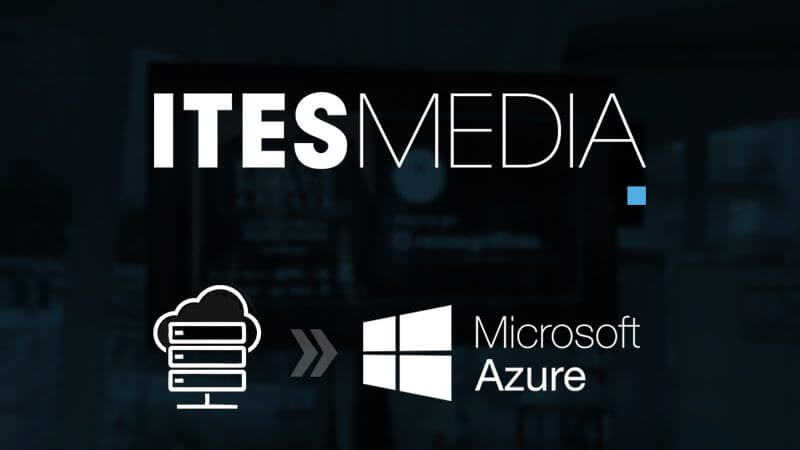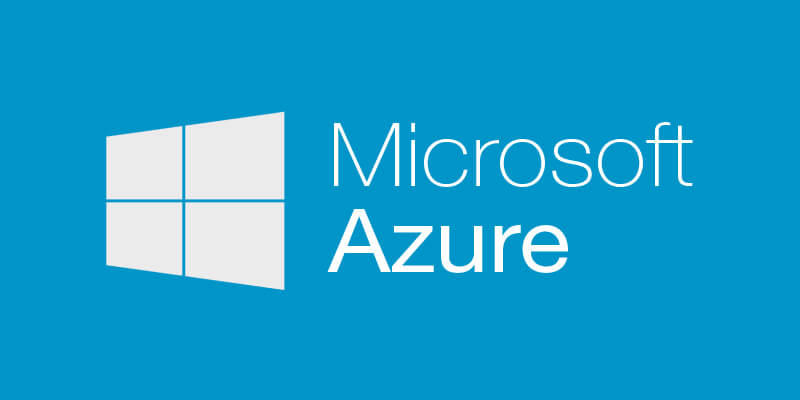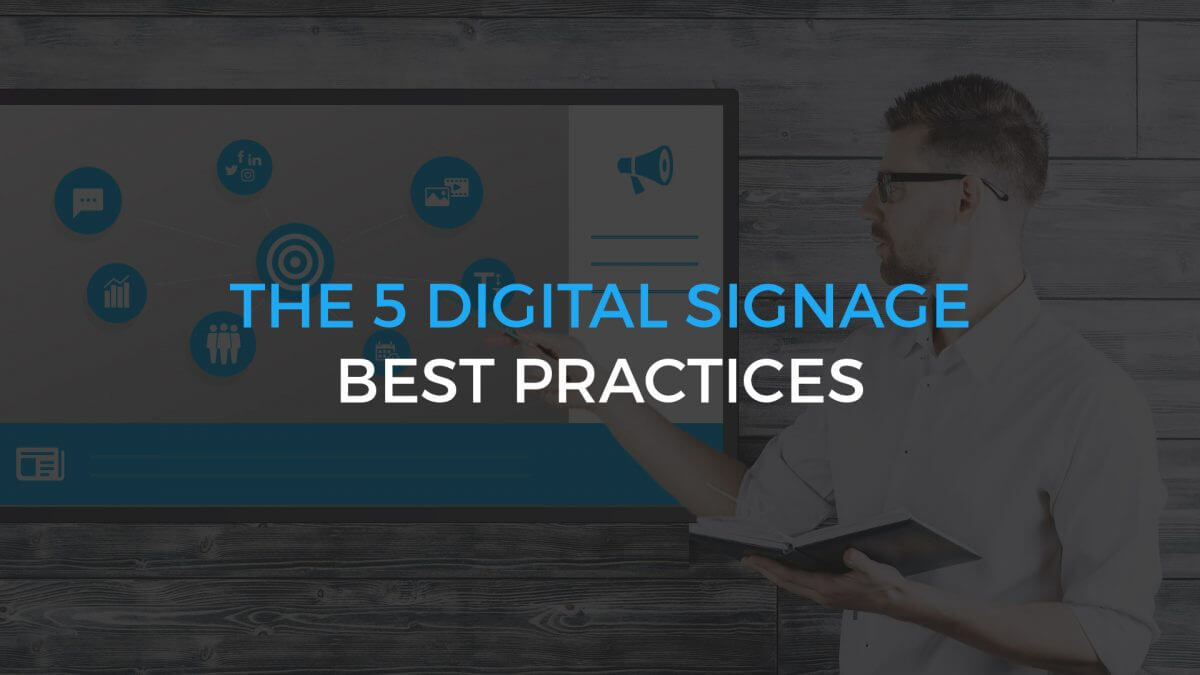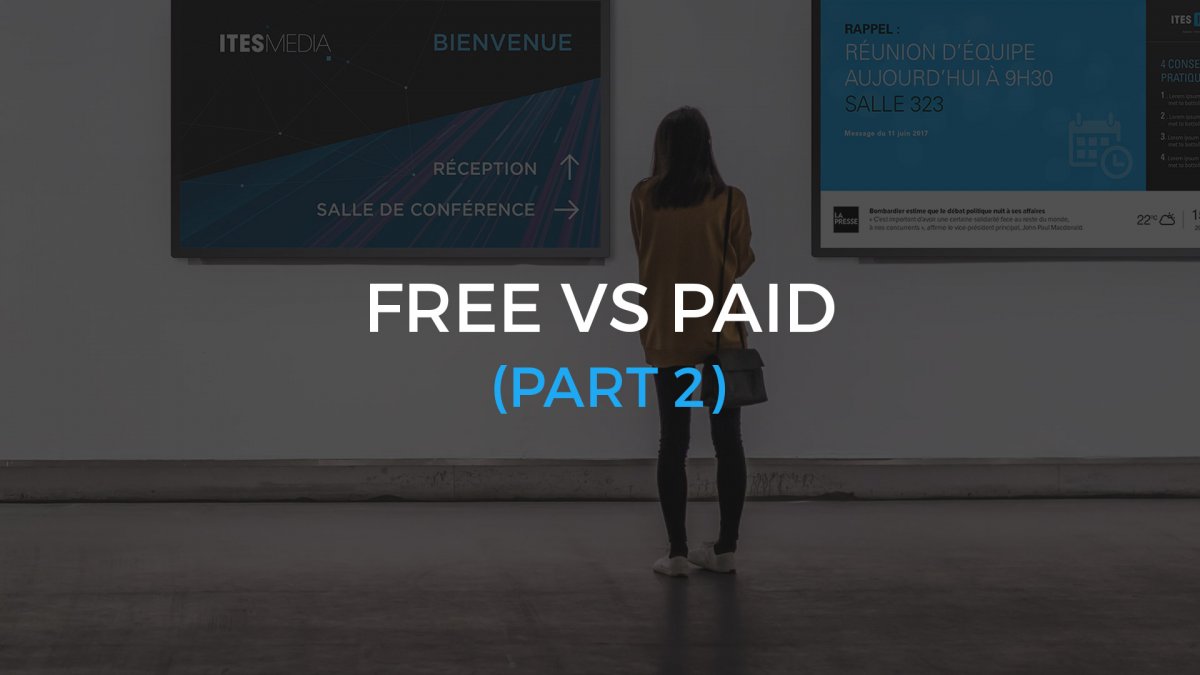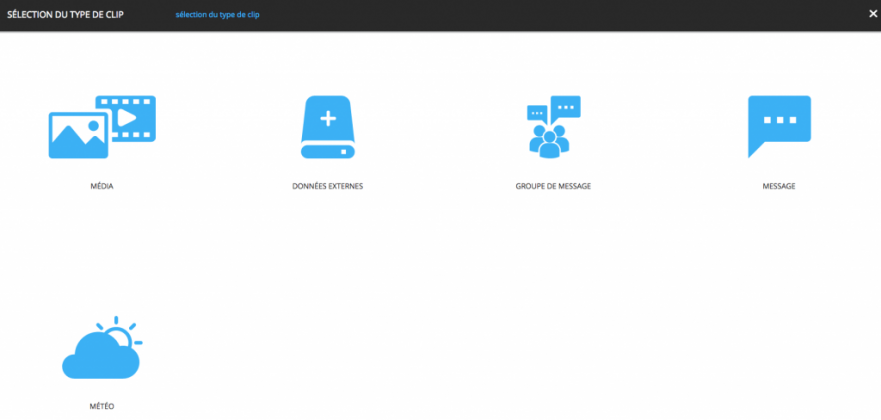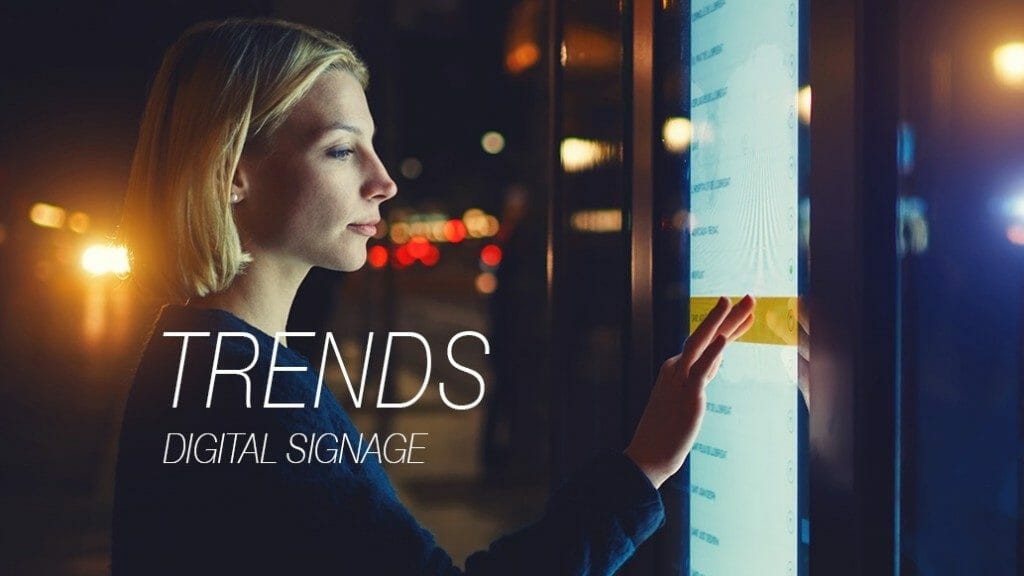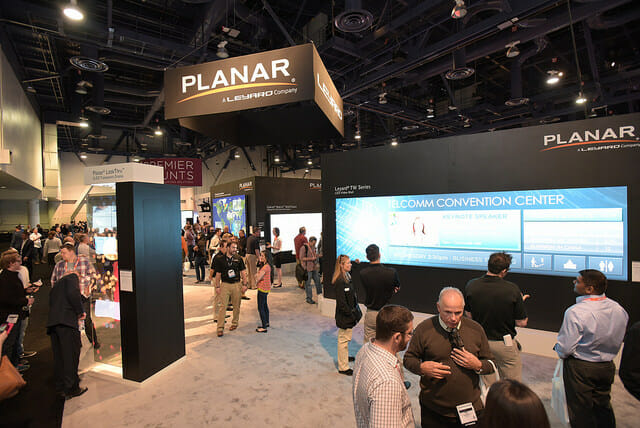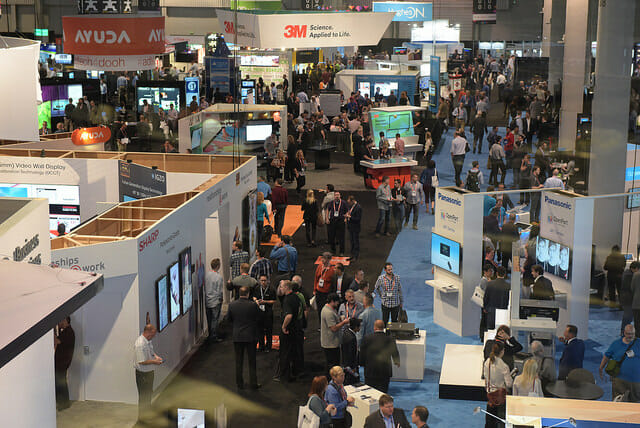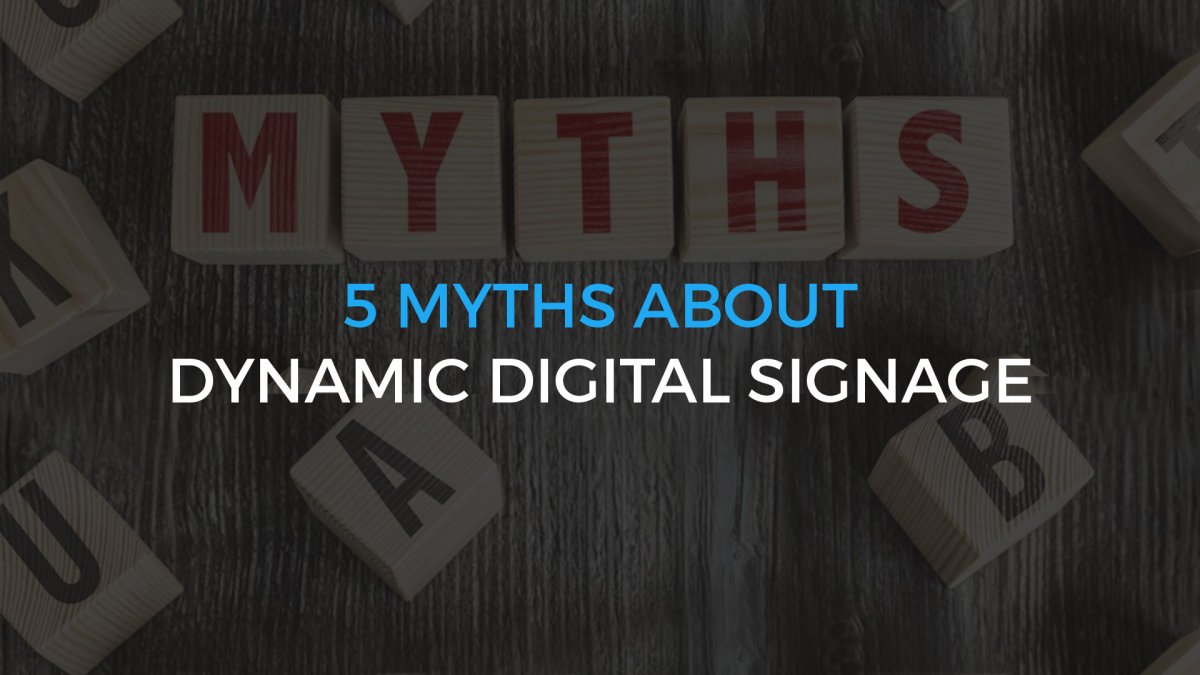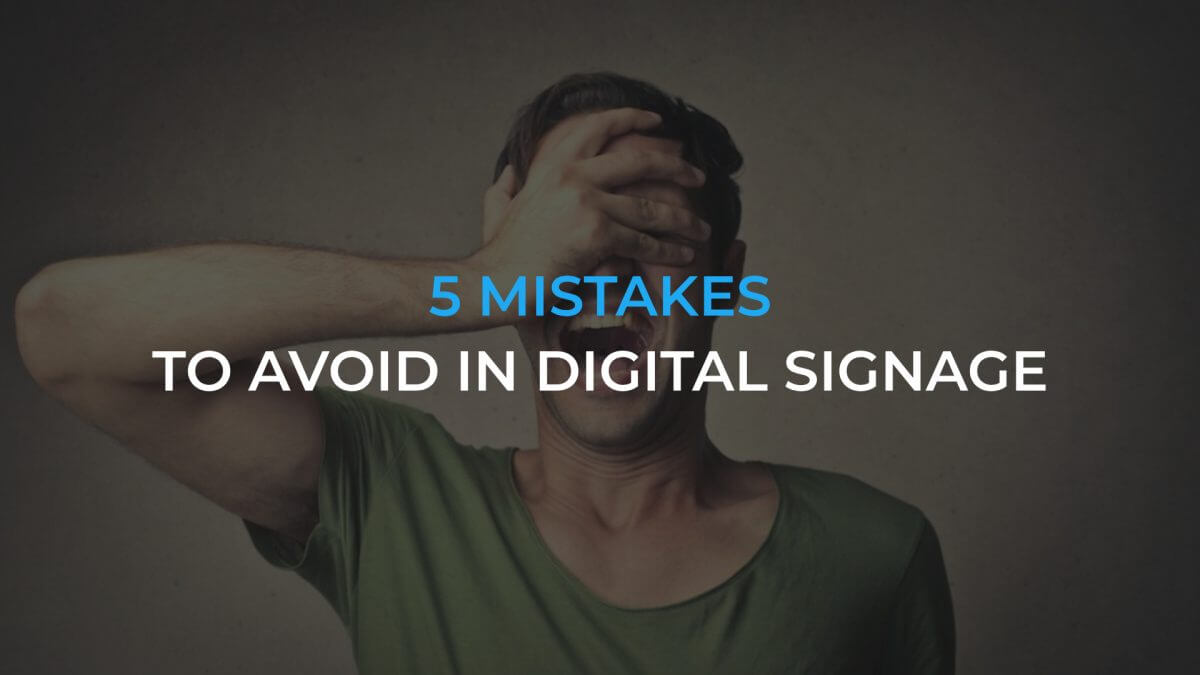Most digital signage providers will tell you that developing content strategy is an essential step in a successful digital signage project. They are right! However, the content strategy is often misunderstood by customers, but also, by suppliers.
Let us set the record straight and share with you the important elements of content strategy to consider when planning your digital signage project.
Everything You Wanted to Know About Digital Signage but Didn’t Think to Ask
What is Content Strategy?
First, it’s important to understand the role of content strategy in digital signage: it’s the result of the analysis of your company’s communication goals. The content strategy is developed to effectively meet the diverse needs of a company. Concretely, the process involves determining how the content will be displayed on the screens; what kind of content will be displayed in the different parts of the screen depending on the location of the screen, the target audience and the time of day.
Moreover, it is at this stage of your digital signage project that you will decide on the ideal location to install your screens. Remember that the installation of screens outside the establishment serves a completely different purpose than the installation of screens inside.
How does outdoor digital signage survive Québec’s winter ?
Developing a content strategy is a crucial step in planning a digital signage project. The strategy will provide a guideline to your messages: what to publish, to whom, when, where to install the monitors, etc. The strategy will also allow you to determine the font size of the text. Make sure the messages you broadcast are easily readable from where the screens are installed.
If you want to set up your digital signage project without a content strategy, you will not be as successful as you expect. Think about it, how do you capture attention and engage a target audience if the messages you broadcast are inappropriate, inadapted, or worse, uninteresting? Depending on the industry and the sociodemographic profile of the employees, their interest varies greatly. You will lose time and resources in communicating messages that are not personalized and do not have a target audience.
A good content strategy will allow you to establish the specific content you want to broadcast on a particular screen in order to trigger a change in behaviour in a particular group of employees.
This is why this step requires a great deal of thinking. It is best to write the messages first, and post the content later. Knowing the target audience of each screen installed in different locations of the company will allow you to broadcast the right messages to those concerned.
How to Develop a Content Strategy?
Developing a content strategy, as mentioned previously, requires a great deal of thinking. The majority of our customers do not know where to start or which direction to take to begin with their project. That’s why we suggest you get help from content strategy experts to support you. They will help you analyze the communication needs of your company.
That being said, you can already begin the reflection process on your own before getting help from an expert. Here are some questions you can ask yourself to help guide your thinking process:
- What are the important messages you would like to communicate?
- What kind of information would capture the attention of my target audience?
- Where would be the best location to install screens based on the movements of the target audience?
- How much time is needed to understand the content?
- What performance indicators could be used to motivate the target audience?
What Content is Interesting to Broadcast?
Depending on the location of the screen and the target audience, it is possible to broadcast several types of content. Here are some examples of interesting content according to the location:
At reception areas or in waiting rooms, you can capture the attention of clients with the following content:
- Capsules “Did you know …”?
- Real-time statistics on health and safety at work
- A corporate video
- A calendar of upcoming public events
- Current projects and mandates
- News and weather forecasts

In office spaces, a cafeteria or an employee lounge, you can motivate employees with the following content:
- Educational videos to perfect knowledge
- Real-time statistics on health and safety at work
- Key performance indicators
- Birthdays of employees
- Ongoing projects
- Special Mentions
- Upcoming social events
5 types of messages you should communicate now to improve your internal communications
5 Ways to Improve OHS with Digital Signage
4 KPIs your Employees Need to Know
In conclusion, it is essential to develop a content strategy before diving head first in a digital signage project. You can determine the strategy yourself, but make sure you still get the advice of an expert in order to achieve the best results.
With a good content strategy, your digital signage project will be successful!
